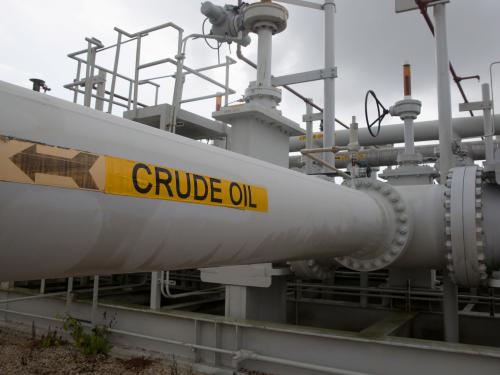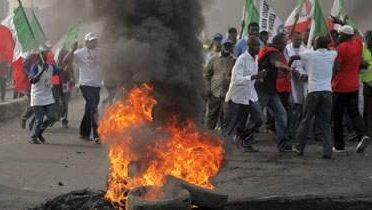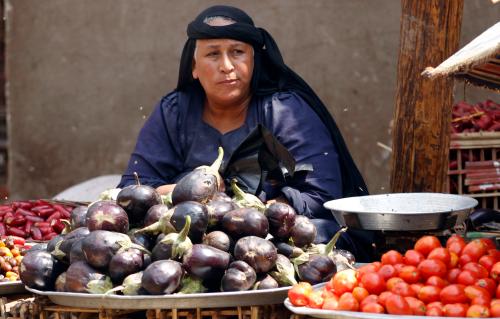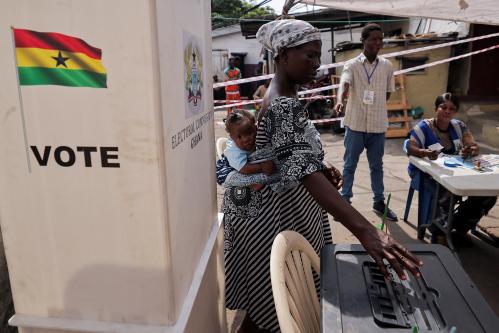Rex Tillerson, U.S. President Donald Trump’s nominee for secretary of state, said something remarkable during his Senate confirmation hearing in January. When asked about whether the U.S. would continue its support of the G-20 nations’ 2009 commitment to phase out fossil fuel subsidies, he responded, “I am not aware of anything the fossil fuel industry gets that I would characterize as a subsidy” (see here for details).
The reason this is remarkable is because it is untrue. Innumerable studies show that energy subsidies around the world are immense. This includes both subsidies to producers—the main problem in the U.S.—and consumer subsidies where fuel is sold for below the cost of production—a key problem in developing countries. The International Monetary Fund’s most recent calculation suggests that “post-tax” subsidies—which take into account not only the fiscal cost but also the damage caused by air pollution, congestion, climate change, and foregone tax revenues—amount to over $5 trillion, or 6.5 percent of global GDP. Even if one only considers “pre-tax subsidies” i.e. not including the negative “externalities” of subsidies, the bill comes to an eye-watering $333 billion every year. Of that huge sum, Exxon-Mobil—the firm of which Mr. Tillerson was CEO—probably reaped in the order of $1 billion each year.
Energy subsidies are, without question, one of the largest economic distortions globally. The IMF points out that removing subsidies would not only save a vast sum of money, but could cut the 3 million annual air pollution deaths by half and reduce carbon dioxide emissions by 20 percent. Yet the G-20 has hardly made any progress on removing the subsidies since they promised to get rid of them in 2009. Indeed, a recent study in Nature Energy shows that, if anything, net taxes on fuel have fallen, rather than risen. Given such an enormous prize—why has the world not seized the initiative and removed these subsidies across the board?
One answer can be found in Mexico. President Enrique Pena Nieto announced in early January that the Mexican government would deregulate the energy sector, ending fuel subsidies and allowing gasoline prices to be determined by prevailing international prices. But the following 20 percent price hike has resulted in riots and violence as protestors have blocked fuel terminals and attacked police. The same story has unfolded in at least 30 other countries in recent years—price increases triggering violent protest and often a reversal of reforms. Unsurprisingly, governments that value stability and their own survival are reluctant to attempt reform.
But this can only be part of the answer—after all, if the gains are so large, it should be possible for the government to compensate all the losers and still have money left over. The reason people still oppose reform is that they simply don’t believe that their governments will do so. Consider Nwafor Chizoba, a copy-editor from the city of Onitsha in Nigeria. He understands that fuel is subsidized and appreciates that the money might be better spent elsewhere. But he still opposes reform—as he puts it, the subsidy is “the only way Nigerians benefit from their government.” The story is the same in country after country—reform is hard because voters and consumers have an, often entirely justified, lack of trust in their government.
This also points to one of the most successful approaches in phasing out subsides. Indonesian President Joko Widodo, popularly known as Jokowi, scrapped fuel subsidies at the beginning of January 2015 with virtually no dissent. He was able to manage the reform for two reasons. First, to accompany subsidy reforms the previous president had put in place an effective system of direct cash transfers to 19 million households. People knew that they would receive the money because they already had before. Second, Jokowi offered something that people genuinely wanted—free health and education. In his campaign for the presidency, he never failed to pull out his “Kartu Sehat” and “Kartu Indonesia Pintar” (free health and education cards) and explain that, while fuel prices might rise, the money would be used to deliver services that Indonesians actually wanted. The result was an astonishing permanent transfer of $15.6 billion—over 10 percent of state expenditure—to infrastructure, health, and education budgets—more than 30 times the funding provided by the largest bilateral donor and over seven times the annual lending of the World Bank.
And what might help leaders in developing countries have the courage to seize the enormous potential of subsidy reform? Perhaps if the secretary of state of the world’s largest subsidizer admitted their existence and took some steps to ensure his own country removed them too.
The Brookings Institution is committed to quality, independence, and impact.
We are supported by a diverse array of funders. In line with our values and policies, each Brookings publication represents the sole views of its author(s).








Commentary
Energy subsidies and the politics of reform
January 24, 2017